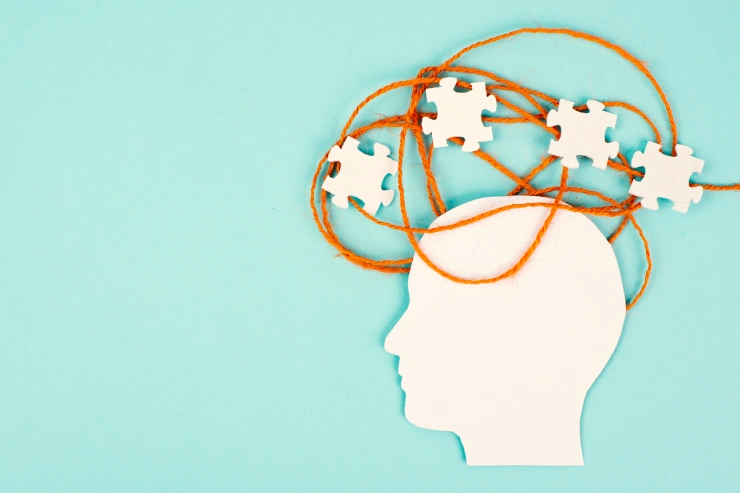
Attention-Deficit/Hyperactivity Disorder (ADHD) is a common neurodevelopmental disorder that affects children and can continue into adulthood. It is characterized by patterns of inattention, hyperactivity, and impulsivity that interfere with daily functioning and development. ADHD is often misunderstood, and recognizing its symptoms and seeking treatment can greatly improve quality of life for those affected.
Symptoms of ADHD
ADHD symptoms are generally grouped into two main categories: inattention and hyperactivity-impulsivity.
Inattention:
Causes of ADHD
The exact causes of ADHD aren’t fully understood, but a combination of genetic, environmental, and neurological factors seems to play a role: